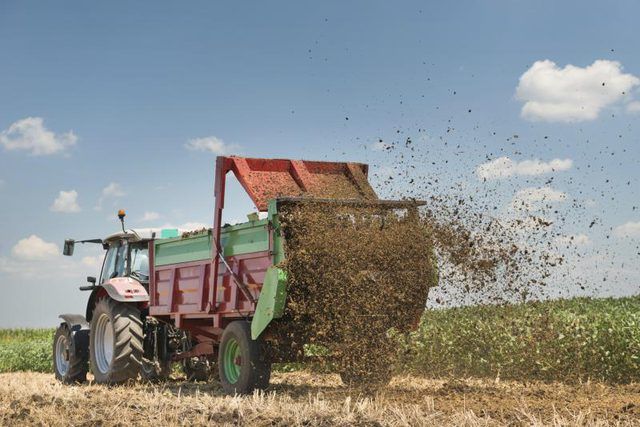Bulbs
Flower Basics
Flower Beds & Specialty Gardens
Flower Garden
Garden Furniture
Garden Gnomes
Garden Seeds
Garden Sheds
Garden Statues
Garden Tools & Supplies
Gardening Basics
Green & Organic
Groundcovers & Vines
Growing Annuals
Growing Basil
Growing Beans
Growing Berries
Growing Blueberries
Growing Cactus
Growing Corn
Growing Cotton
Growing Edibles
Growing Flowers
Growing Garlic
Growing Grapes
Growing Grass
Growing Herbs
Growing Jasmine
Growing Mint
Growing Mushrooms
Orchids
Growing Peanuts
Growing Perennials
Growing Plants
Growing Rosemary
Growing Roses
Growing Strawberries
Growing Sunflowers
Growing Thyme
Growing Tomatoes
Growing Tulips
Growing Vegetables
Herb Basics
Herb Garden
Indoor Growing
Landscaping Basics
Landscaping Patios
Landscaping Plants
Landscaping Shrubs
Landscaping Trees
Landscaping Walks & Pathways
Lawn Basics
Lawn Maintenance
Lawn Mowers
Lawn Ornaments
Lawn Planting
Lawn Tools
Outdoor Growing
Overall Landscape Planning
Pests, Weeds & Problems
Plant Basics
Rock Garden
Rose Garden
Shrubs
Soil
Specialty Gardens
Trees
Vegetable Garden
Yard Maintenance
Is Cow Manure a Good Lawn Fertilizer?
Is Cow Manure a Good Lawn Fertilizer?. Fresh cow manure can burn lawn grass and has an unpleasant smell. But once composted, cow manure is a safe, natural fertilizer. Composting removes most of the smell, reduces the risk of fertilizer burn, and kills weed seeds and bacteria. Composted manure has low levels of nitrogen, so you may need to...

Fresh cow manure can burn lawn grass and has an unpleasant smell. But once composted, cow manure is a safe, natural fertilizer. Composting removes most of the smell, reduces the risk of fertilizer burn, and kills weed seeds and bacteria. Composted manure has low levels of nitrogen, so you may need to supplement with other fertilizers.
Cow Manure Nutrients
Commercial lawn fertilizers typically have up to 34 percent nitrogen by weight, while cow manure is only 2 percent nitrogen with high levels of phosphorus and potassium. To supply the lawn with enough nitrogen, use another fertilizer in addition to the composted manure. The advantage of using cow manure is that nutrients are released slowly, over time. If you apply cow manure too often or in large quantities, the relatively high levels of phosphorus can build up in the soil and cause run-off problems and excessive weed growth.
Importance of Composting
Composting cow manure before use as a lawn fertilizer has several benefits, including reducing the risk of fertilizer burn. Composting also kills weed seeds and E. coli bacteria that may be present in manure. Decomposition generates heat, which can be monitored using a long-stemmed compost thermometer. To kill seeds and bacteria, the temperature of the compost pile must reach 130 to 140 degrees Fahrenheit for at least two five-day heating cycles. Mix the compost between cycles, and then allow it to sit and cure for two to four months before using on the lawn. Cover the compost while it is curing to prevent introducing new weed seeds.
Topdressing a Lawn
Top dressing is the recommended method for applying composted cow manure to lawns. Do this by hand, shoveling the compost onto the lawn and spreading it out with a rake. The compost should not cover any more than one-half the height of the grass leaves, so apply it 1/4 inch deep for lawns that are mowed short and up to 1/2 inch deep if the grass is cut high. Water the lawn immediately after topdressing to start moving the composted manure down into the soil.
Supplemental Fertilizers
The recommended application rate for nitrogen on lawns is 1 pound per 1,000 square feet each year, which can be divided into several applications during the growing season. To supply 1 pound actual nitrogen using compost would require 50 pounds of compost per 1,000 square feet. Supplementing with an alternative source of nitrogen, such as calcium nitrate, is a way to combat this problem. Calcium nitrate has 15.5 percent nitrogen. To use one-half composted manure and one-half calcium nitrate, apply 25 pounds compost and 3.25 pounds calcium nitrate per 1,000 square feet of lawn in the late spring and/or early fall while the grass is actively growing.